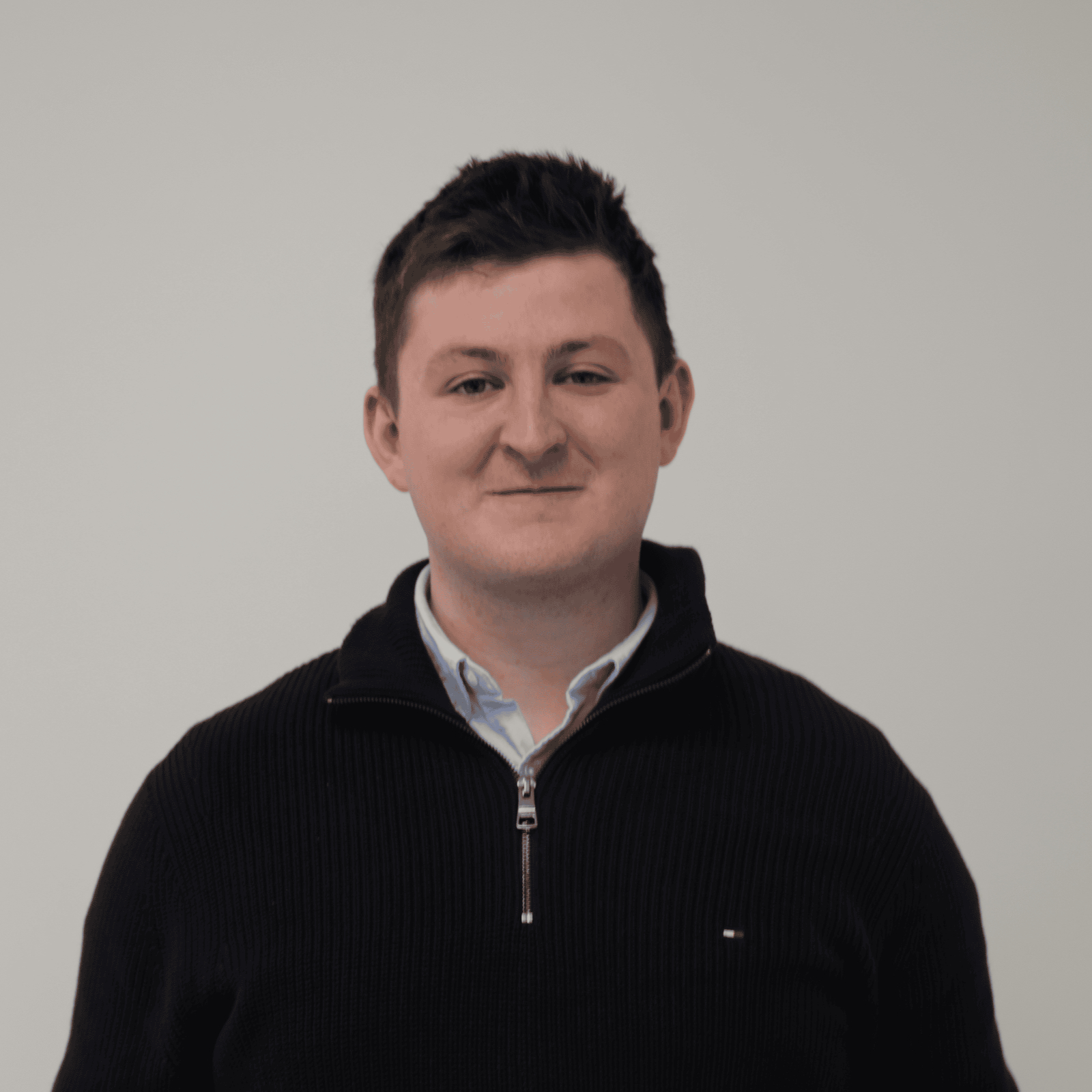Dairy focus: Maximising margins from winter milk in Co. Meath
The Eivers family of Roristown Farm in Trim, Co. Meath are increasing their winter milk margins through optimum winter diets and selective breeding.
William and Tadgh Eivers are milking 315 black-and-white cows on a 81ha milking platform, and farming a total of 188ha.
The father and son are calving approximately 25% of the herd down in autumn, for the winter milking period.
Tadgh described how there are four labour units on the farm, consisting of him and his father, three relief milkers, and two labourers at calving, as well as a student during the summer months.
Winter diet and management
Tadgh said a big thing on the farm in terms of winter diets is getting the basics right, stating that additional measures are unnecessary if you do not have good feed in the yard.
He said they are feeding a total mixed ration (TMR) consisting of 20kg grass silage, 20kg maize silage, 10kg brewers grain, and 5kg of balancing minerals.
He added that he is not a believer in adding straw to his TMR, stating that it only dilutes the good feed he works hard to grow.
The Eivers are also topping their cows up with 3.5kg concentrates in the parlour during the winter months.
Tadgh said dry cow management is not where he would like it to be, admitting that there are imperfections but that it is currently working for their system.
He explained how dry cows are left outside to graze older swards, stating because they are outside, he can get away with slight imperfections compared to a spring grazing herd which needs to be in top condition.
He said that from there on, half of the autumn calvers are calved outside with the majority of his autumn calving taking place in October.
When the cows go inside, they are given dry cow minerals as well as extra magnesium or magnesium chloride.
Tadgh said he also feeds 3kg of straw, plus 0.5kg of soya as he finds it boosts colostrum production.
The Eivers are still using full dry cow therapy throughout the herd, with Tadgh stating that they are not milk recording on the farm, meaning they do not have enough data to start effective selective dry cow therapy.
However, somatic cell count (SCC) averaged at 107 for the year.
Tadgh said: "It all comes down to good lads milking, servicing all the gear on time or ahead of time, as well as changing all the liners regularly."
He also highlighted how his high replacement rates allow for a continuously fresh herd which helps reduce SCC too.
Breeding
The Eivers begin breeding in January, and finish again at the end of February, with a firm belief that there should be no recycles within the herd.
Any cows that are not in calf at the end of the breeding season are milked on extracting their value in milk, while making sure they do not see another straw and are culled at the end of the season.
Tadgh said that by strictly following this system, while they lose more animals than they would like out of the milking herd, he has the replacements there to make up for it.
In addition, this system allows the Eivers to achieve a 100% six-week calving interval for the autumn.
The farm sees a third of all replacement heifers calve down in the autumn, with Tadgh primarily aiming to calve these in October.
He typically has about 80 replacements for the year, with a replacement rate of approximately 25%.
Based on the new EBI figures, the Eivers herd is valued at €184, with some very strong sub indexes.
Due to their breeding system, the farm maintains a calving interval of 376 days. However, if they were to recycle cows within the herd that would be pushed out to 400-plus days.
The Eivers are achieving approximately 694kg/milk solids (MS)/cow, while the maintenance value of the herd is currently at €8.
Tadgh said he would never look at litres when choosing a bull for breeding, stating that it is a bad predictor.
However he did admit that he would look at kgs/MS.
His herd is valued at 4.34% in butterfat, and 3.58% in protein, and currently producing 4.14% butterfat and 4.00% protein.
Tadgh also said that he does all his own hoof pairing, so one thing he would look for when choosing bulls is positive feet scores.
Infrastructure
Tadgh carries out regular reseeding on the farm, though there is very little clover visible.
After a tough year for dock leaves, he said he found it challenging to keep clover while trying to regulate the docks.
He added that he will try to re-introduce it as a 'nitrogen factory' as new nitrates regulations come into place and queries regarding derogation remain strong.
The father and son along with regular relief milkers and students milk in a 20-unit swing-over herringbone parlour.

Many of the sheds on the farm are older but still fulfilling their purpose, according to Tadgh.
The farm had an above ground slurry storage tank installed to comply with slurry space following the expansion of the herd.
The farm also has a good network of roads, including astroturf in high traffic areas in a bid to prevent any lameness, taking into consideration that the furthest paddock from the parlour is a 1km walk.

The largest problem on the farm in Tadgh's opinion is the holding yard for milking, with inadequate space available for today's herd.
However, as the yard was built up around the parlour, he said expansion will be tough to achieve, with one of the only options for the Eivers being to relocate the entire parlour and yard to a green-field site.












